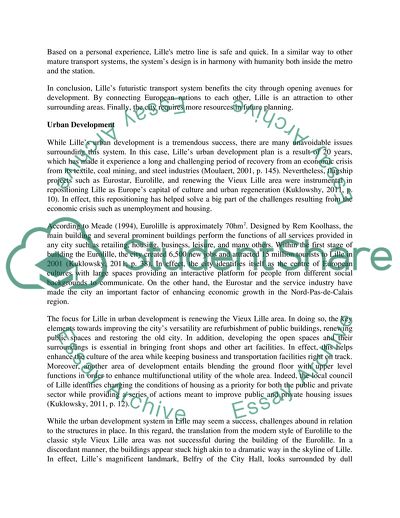Cite this document
(Understanding of New Urban Development - the Lille Metropole Case Study, n.d.)
Understanding of New Urban Development - the Lille Metropole Case Study. Retrieved from https://studentshare.org/engineering-and-construction/1775428-field-trip-diary
Understanding of New Urban Development - the Lille Metropole Case Study. Retrieved from https://studentshare.org/engineering-and-construction/1775428-field-trip-diary
(Understanding of New Urban Development - the Lille Metropole Case Study)
Understanding of New Urban Development - the Lille Metropole Case Study. https://studentshare.org/engineering-and-construction/1775428-field-trip-diary.
Understanding of New Urban Development - the Lille Metropole Case Study. https://studentshare.org/engineering-and-construction/1775428-field-trip-diary.
“Understanding of New Urban Development - the Lille Metropole Case Study”. https://studentshare.org/engineering-and-construction/1775428-field-trip-diary.


